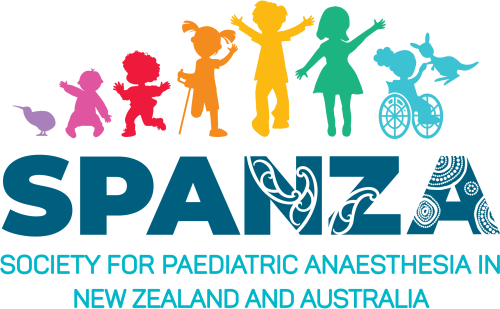Pediatric anesthetic for tracheobronchial foreign body extraction
A survey of practice in France
Pediatric Anesthesia
Submitted December 2023 by Dr Meghan Cooney
Read by 1798 Journal Watch subscribers
Summary: This study describes the practices and preferences of pediatric anaesthetists in France, when presented with a survey with an anaesthetic scenario of tracheobronchial foreign body aspiration.
Methods: A survey sent via email in 2021. A clinical case of a 3 year old with a tracheobronchial foreign body was described. Questions were asked regarding anaesthetic technique, monitoring, as well as the experience of complications in such situations.
A total of 151 physicians responded to the survey.
Key findings: Relatively few respondents had an algorithm for the management of tracheobronchial foreign bodies in their institution, and only a quarter of respondents who reported a specific algorithm for anaesthetic management in their institution.
Airway management was variable for rigid bronchoscopy, most reported that they aim to maintain spontaneous ventilation, while 48.3% stated using controlled ventilation through a rigid bronchoscope. Jet ventilation and the use of high flow nasal cannula were not commonly used.
The airway management for flexible bronchoscopy was more evenly distributed between the various options.
This article promotes the idea that “virtual endoscopy” utilising CT may have a role in excluding airway foreign bodies and thus avoiding negative bronchoscopies, however, it is not a perfect solution. The practicalities of CT in these cases are limiting, as these cases tend to be smaller children, who are unable to co-operate with the required breath holds.
The article rightly identifies that if general anaesthesia would be required for the CT, then it would be wise to proceed directly to bronchoscopy. Flexible bronchoscopy for removal of the foreign body was not available for the majority of respondents, but may offer less traumatic retrieval.
Complications that respondents had encountered were common, for example desaturation, broncho- or laryngospasm. Reassuringly, recovered cardiac arrest was rarely reported with no patient deaths described.
Discussion: To be representative with a confidence interval of 95% and a risk of error of 5%, they required 189 respondents, however they only obtained 151 responses.
The information on which respondents would undergo this case in an asymptomatic patient at 1am was confusingly reported but seemed high. Most respondents opted to wait until the child is considered fasted if otherwise stable.
Take Home Message: There is a lack of planning protocols and institutional guidelines in approaching the diagnosis, and anaesthetic management of these cases.
There is diversity in anaesthetic technique, but there seemed to be a dominating aim to maintain spontaneous ventilation using inhalational, intravenous and local anaesthesia.



